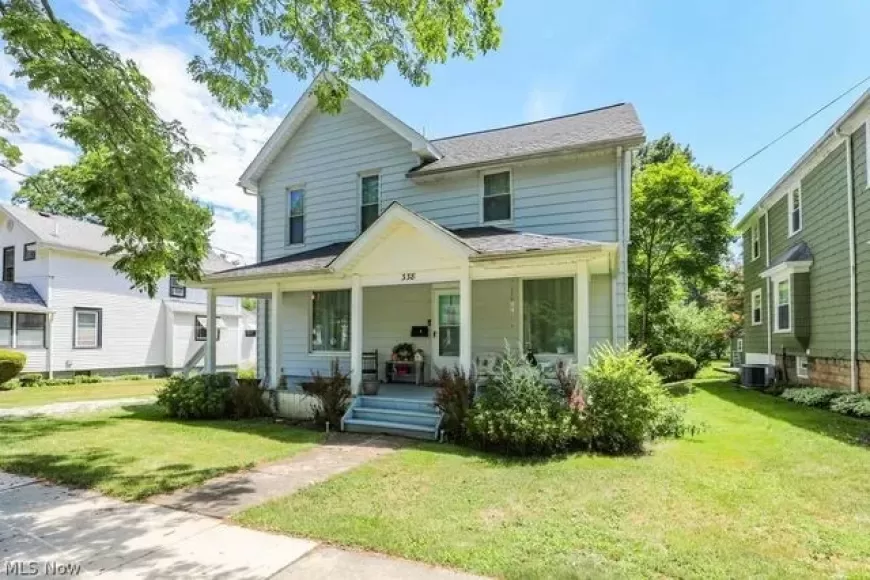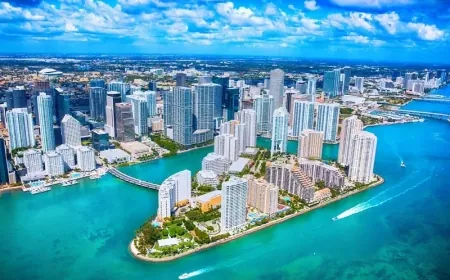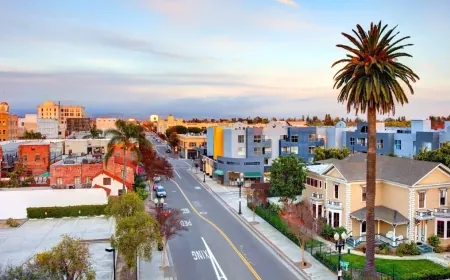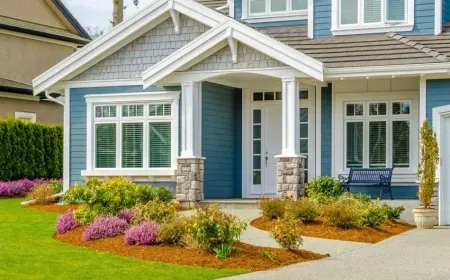More Than 100 U.S. Cities See Starter Homes Surpass $1 Million as Housing Market Struggles
Starter home prices exceed $1 million in over 100 U.S. cities. Learn how rising costs, high mortgage rates, and supply shortages impact homebuyers

The cost of owning a starter home has now surpassed $1 million in more than 100 cities across the United States, according to new data from Zillow. This sharp increase in entry-level home prices highlights the growing affordability crisis in the American housing market, where rising prices, high mortgage rates, and a persistent shortage of available homes are making it increasingly difficult for many people to buy their first home.
Zillow’s analysis shows that the national average price for a starter home is now $196,611. While this figure is still within reach for median-income households, it marks a significant 54.1% increase in starter home prices over the past five years, outpacing the 49.1% rise in overall home prices during the same period. Zillow defines a starter home as a property in the lowest third of home values in any given region.
States Leading in $1 Million Starter Homes
California leads the nation in cities where the average price of a starter home has exceeded $1 million, with 71 cities reaching this threshold. New York follows with 11 cities, and Washington state has eight. Other states, such as Florida, Maryland, and Virginia, also have cities where starter homes now carry seven-figure price tags. This trend reflects broader economic factors, including increased demand in certain markets, limited housing supply, and local zoning laws that restrict new construction, particularly in high-demand areas.
The Impact on Homeownership
As home prices continue to rise, many potential buyers, especially younger generations, are finding it harder to achieve homeownership. The median age of first-time homebuyers has risen to 35, up from 34 in 2019, indicating that it is taking longer for individuals to save enough money to purchase their first home. This delay in homeownership is largely driven by the need to accumulate larger down payments and qualify for increasingly expensive mortgages.
Orphe Divounguy, a senior economist at Zillow, explained the challenges faced by prospective buyers: “Affordability challenges are forcing many to delay homeownership, even though the desire to buy remains strong. Unfortunately, many are held back by the current market conditions.”
Data from the National Association of Realtors (NAR) shows that first-time homebuyers are being squeezed out of the market at an alarming rate. The share of first-time buyers dropped to 29% in June, down from 31% in May, further highlighting the affordability issues plaguing the housing market.
How Federal Reserve Policies Are Shaping the Market
The Federal Reserve’s efforts to control inflation by raising interest rates have had a significant impact on the housing market. The Fed’s benchmark interest rate is currently at a 23-year high, which has driven up mortgage rates, making it more expensive to finance a home purchase. This has further exacerbated the affordability crisis, particularly for first-time buyers who are already struggling to enter the market.
Despite these challenges, there has been a recent dip in mortgage rates. The average rate on a 30-year fixed mortgage fell to 6.47% from 6.73% last week, according to Freddie Mac. This decline is largely due to market expectations that the Federal Reserve may begin cutting interest rates as early as September. While lower mortgage rates could improve affordability, they may also drive home prices higher as more buyers re-enter the market.
Addressing the Housing Supply Shortage
A critical factor in the ongoing affordability crisis is the nationwide shortage of homes. The COVID-19 pandemic worsened this issue, especially in cities like Boston, Sacramento, and Portland, Oregon, where the demand for housing far outstrips supply. Despite efforts by builders to increase construction, the supply of new homes has not kept pace with demand, leading to higher prices and fewer options for buyers.
The shortage is further complicated by strict zoning regulations in many of the country’s most expensive markets, which limit the construction of new housing. These regulations, combined with high land and construction costs, make it difficult to increase the supply of affordable homes.
Experts agree that addressing the housing shortage is key to resolving the affordability crisis. "In the short run, a significant drop in interest rates could provide some relief," said Carl Reichardt, managing director and homebuilding analyst at BTIG. "However, long-term solutions will require policy changes that encourage the construction of more affordable housing, particularly in high-demand areas."
The Need for Collaborative Solutions
As the U.S. housing market continues to grapple with affordability challenges, the dream of homeownership is becoming increasingly difficult for many Americans. Policymakers, builders, and industry stakeholders must work together to find solutions that address the root causes of the crisis, including the need for more affordable housing and the impact of monetary policy on mortgage rates. Without concerted efforts to tackle these issues, the barriers to homeownership will likely continue to rise, leaving more individuals and families on the sidelines.
Also Read: US Mortgage Rates Drop to 6.55% with Largest Decline in 2 Years Boosting Refinancing
































































